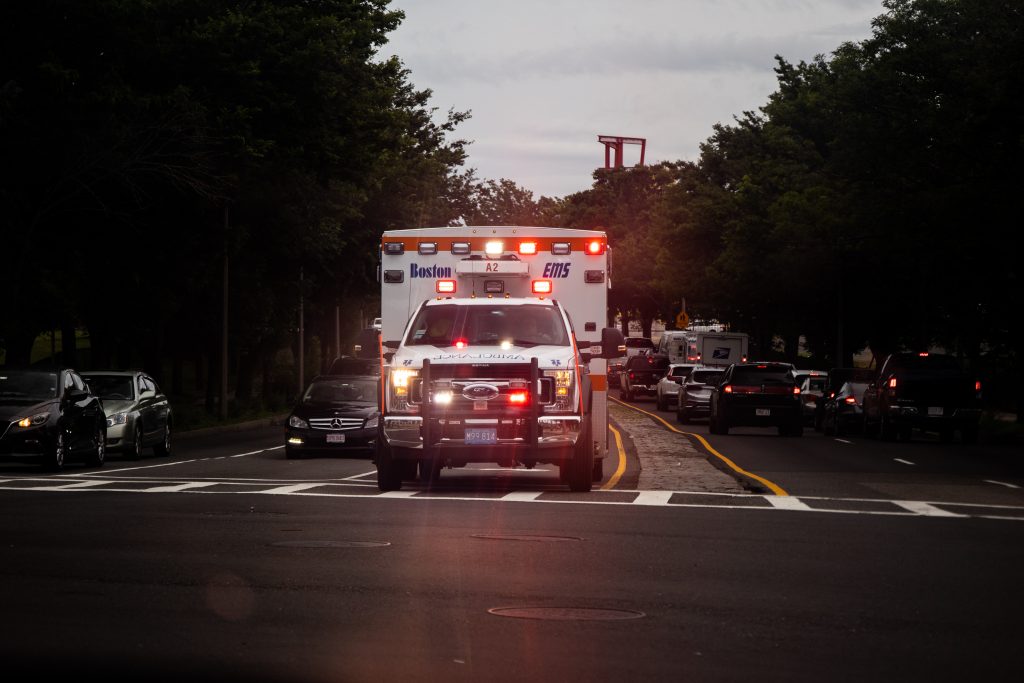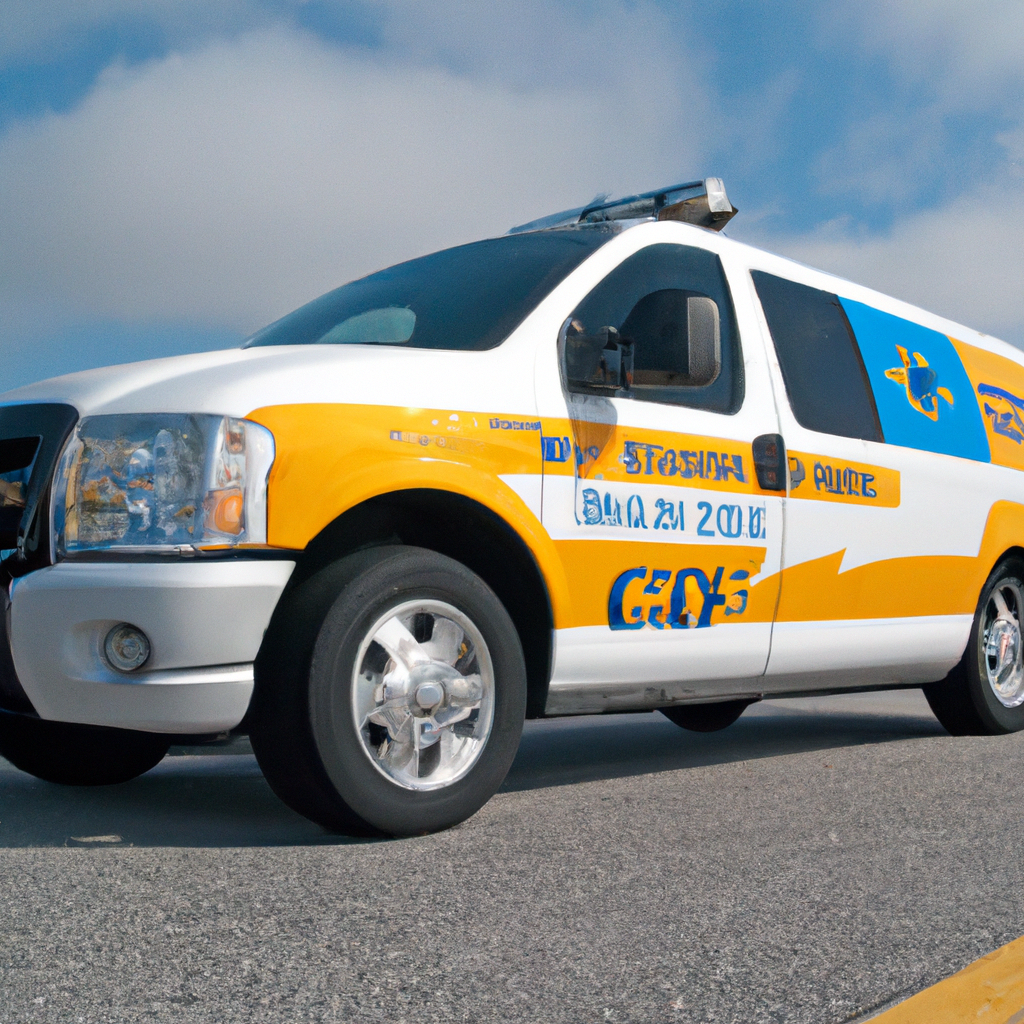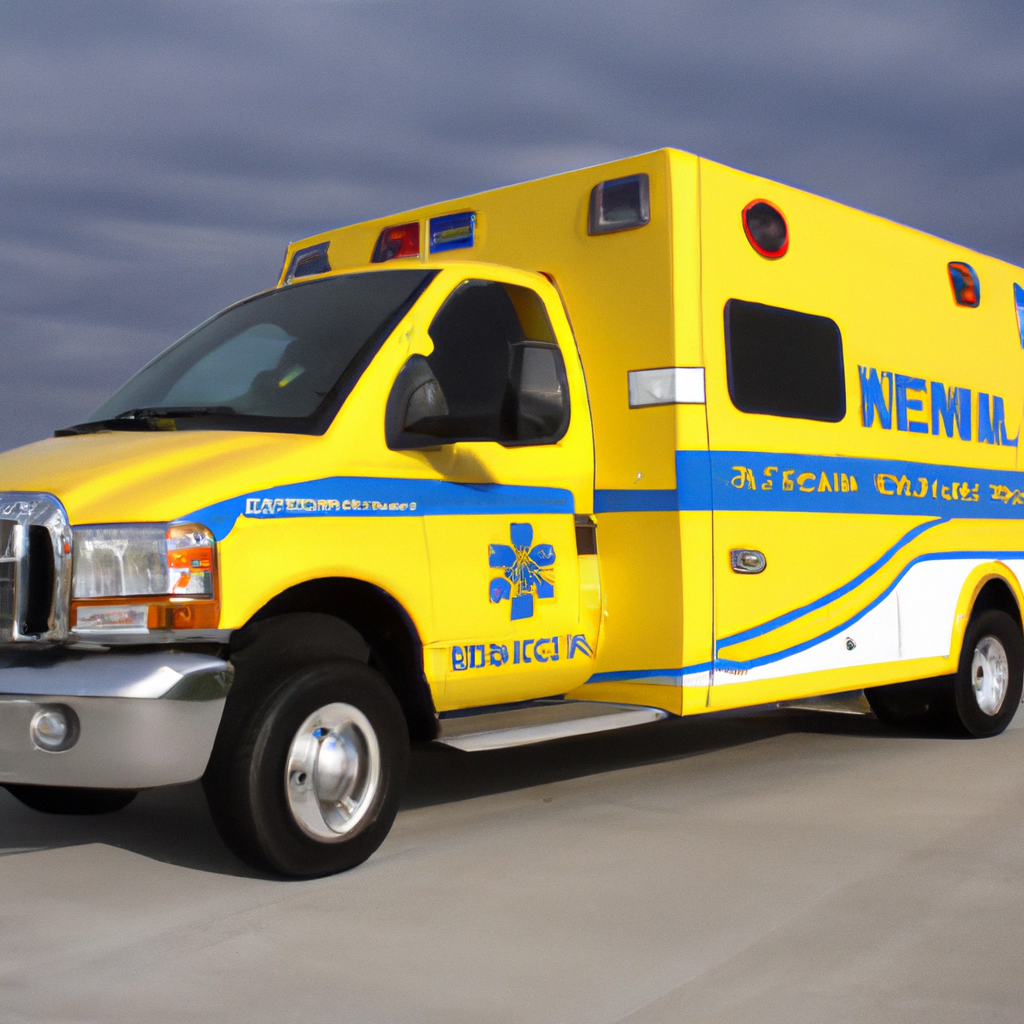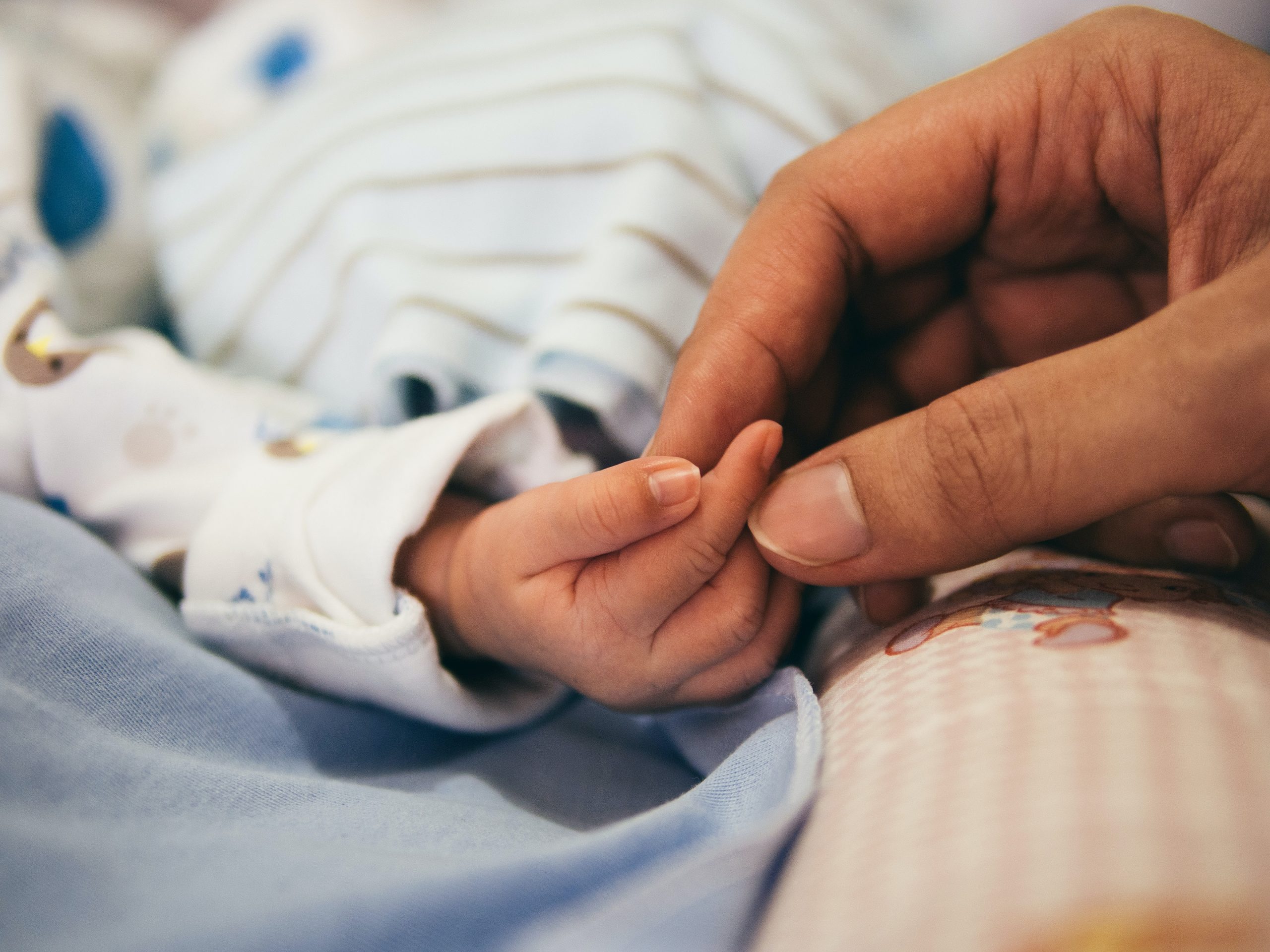Alright, so let’s talk about the role of ground ambulances in healthcare. Now, when you think of ambulances, you might automatically picture those big, shiny, red ones with sirens blaring and lights flashing, right? Well, those are typically ground ambulances. They play a crucial role in providing timely and essential medical transportation for patients in need. Whether it’s responding to emergencies, transferring patients between healthcare facilities, or providing non-emergency medical transportation, ground ambulances are the go-to mode of transportation for healthcare professionals. They are equipped with advanced medical equipment and staffed by trained medical personnel who are ready to provide life-saving care. So, let’s dig deeper into the fascinating world of ground ambulances and uncover their vital role in the realm of healthcare.

The Importance of Ground Ambulances in Healthcare
When it comes to emergency medical services, ground ambulances play a vital role in ensuring prompt emergency response, providing basic and advanced medical care, and transporting patients to healthcare facilities. These emergency vehicles serve as a crucial link between the scene of an accident or medical emergency and the healthcare system. Let’s explore the various aspects of ground ambulances and their significance in healthcare.
Ensuring Prompt Emergency Response
Ground ambulances are the first responders to emergency situations. When you or your loved ones are in need of immediate medical assistance, these vehicles are dispatched to the scene as quickly as possible. Being equipped with trained medical personnel and life-saving equipment, ground ambulances can stabilize patients before they reach a healthcare facility, significantly increasing the chances of survival.
Providing Basic and Advanced Medical Care
Ground ambulances come in different types, each offering a specific level of medical care. Basic Life Support (BLS) ambulances are staffed by Emergency Medical Technicians (EMTs) who are trained to provide basic medical care such as CPR, first aid, and administering oxygen. Advanced Life Support (ALS) ambulances are staffed by paramedics who possess additional skills and can perform more advanced procedures like administering medications, intravenous therapy, and cardiac monitoring.
For patients requiring intensive care during transport, Mobile Intensive Care Units (MICUs) are equipped with specialized equipment and staffed by critical care paramedics. These paramedics have extensive training in critical care medicine and can provide advanced medical interventions en route to the hospital. Additionally, there are ambulances specifically designed for neonatal and pediatric patients, ensuring they receive specialized care tailored to their unique needs.
Transporting Patients to Healthcare Facilities
Another crucial role of ground ambulances is transportation. Once patients are stabilized, ambulances transport them to the appropriate healthcare facilities. This could be a hospital emergency department, urgent care clinic, or specialized medical center depending on the patient’s condition and needs. The ability to swiftly transfer patients from the scene to the healthcare facility allows for efficient and timely medical intervention, which can greatly impact patient outcomes.
Types of Ground Ambulances
Ground ambulances come in various types, each designed to cater to specific medical needs. Understanding the differences between these ambulance types can help determine the appropriate response and level of care required.
Basic Life Support (BLS) Ambulances
BLS ambulances are the most common type of ground ambulance and are usually the first to arrive at the scene. These ambulances are equipped with essential medical equipment, including a stretcher, oxygen, and basic medical supplies. They are staffed by EMTs who are trained to provide basic medical care such as CPR, wound care, and immobilization of fractures. BLS ambulances are typically used for non-life-threatening emergencies and transportation to healthcare facilities that do not require advanced medical care.
Advanced Life Support (ALS) Ambulances
ALS ambulances are equipped with additional medical equipment and staffed by paramedics who have received advanced training. These ambulances can provide a higher level of medical care, including administering medications, advanced airway management, cardiac monitoring, and intravenous therapy. ALS ambulances are essential for patients with severe injuries or medical conditions that require immediate and advanced interventions.
Mobile Intensive Care Units (MICUs)
Mobile Intensive Care Units (MICUs) are specialized ambulances designed to provide critical care during transport. These ambulances are staffed by critical care paramedics who possess advanced knowledge and skills in managing critically ill or injured patients. MICUs are equipped with specialized equipment, including ventilators, cardiac monitors, and medications, allowing for continuous monitoring and management of patients’ vital signs and medical conditions. MICUs are typically utilized for interfacility transfers of patients requiring intensive care.
Neonatal and Pediatric Ambulances
For the youngest and most vulnerable patients, neonatal and pediatric ambulances are specially designed and staffed to ensure their specific medical needs are met during transportation. These ambulances are equipped with specialized equipment to provide critical care for infants and children. The medical personnel on board are trained in neonatal and pediatric emergencies, ensuring that these patients receive the appropriate medical interventions and care until they reach pediatric or neonatal intensive care units.

Emergency Medical Services (EMS) Personnel
Ground ambulances are operated by highly trained emergency medical services (EMS) personnel who play a crucial role in providing immediate medical care and transportation to patients. These personnel go through rigorous training to develop the necessary skills and knowledge to handle emergency situations effectively.
Emergency Medical Technicians (EMTs)
EMTs are the front-line medical personnel in ground ambulances. They are trained to assess patients’ conditions, provide basic medical care, and transport patients to healthcare facilities. EMTs are skilled in performing CPR, first aid, and oxygen administration. They are usually the first to arrive at the scene of an emergency and provide initial stabilization and care until more advanced medical personnel, such as paramedics, arrive.
Paramedics
Paramedics are the highest level of prehospital medical care providers. They have advanced training beyond that of EMTs and can perform a wide range of medical procedures and interventions. Paramedics can administer medications, monitor cardiac rhythms, manage advanced airways, and perform advanced life support interventions such as defibrillation and intravenous therapy. They work closely with physicians and emergency departments to provide seamless medical care.
Critical Care Paramedics
Critical care paramedics are paramedics who have received additional training and education in critical care medicine. They specialize in providing advanced life support and critical care interventions during transport, particularly for patients who require intensive care. Critical care paramedics are adept at managing ventilators, administering complex medications, and providing advanced interventions for patients with critical medical conditions or injuries.
Equipment and Technology in Ground Ambulances
Ground ambulances are equipped with various types of equipment and technology to ensure the delivery of high-quality medical care during transport. These tools are essential in stabilizing patients, communicating with healthcare professionals, and ensuring the safety and stability of the vehicle.
Life-Saving Equipment
Ground ambulances carry a range of life-saving equipment necessary in emergency situations. This includes cardiac monitors for monitoring vital signs, defibrillators for treating cardiac arrhythmias, oxygen delivery systems, airway management equipment, intravenous fluids and medications, and trauma kits. The availability of this equipment allows the EMS personnel to provide the best possible care to patients during transport.
Communication Devices
Effective communication is crucial in coordinating emergency response and providing medical updates to healthcare facilities. Ground ambulances are equipped with communication devices such as two-way radios, cellular phones, and computer-aided dispatch systems. These devices enable EMS personnel to communicate with dispatch centers, other emergency responders, and healthcare facilities, ensuring seamless coordination and timely response.
Vehicle Stabilization Tools
To ensure the safety and stability of the patient and medical personnel during transport, ground ambulances are equipped with vehicle stabilization tools. These tools include gurney locks, straps, and securing devices to prevent the movement of patients and medical equipment during transit. Vehicle stabilization devices lessen the risk of further injury to patients and maintain a controlled environment for medical interventions.

Dispatch and Coordination Centers
Ground ambulances rely on dispatch and coordination centers to ensure effective communication and coordination of resources. These centers play a critical role in managing emergency calls, dispatching the appropriate ambulance, and monitoring and tracking ambulances during their operations.
Emergency Call-Taking and Dispatch
When an emergency call is made, call centers staffed by trained dispatchers handle the initial contact. These dispatchers are trained to gather essential information about the emergency, assess the severity of the situation, and dispatch the appropriate ambulance and resources. They provide instructions for immediate care before the arrival of the ambulance and continue to coordinate the response until the patient is in the care of healthcare professionals.
Monitoring and Tracking Ambulances
Dispatch and coordination centers also monitor and track ambulances to ensure timely response and efficient resource allocation. Through the use of GPS tracking systems, dispatchers can identify the nearest available ambulance and guide it to the scene quickly. These centers also maintain constant communication with EMS personnel in the field, providing updates, redirections, and logistical support when necessary.
The Role of Ground Ambulances in Disaster Response
Ground ambulances play a critical role in disaster response, where the need for medical assistance and transportation is often heightened. These emergencies require a well-coordinated effort to manage mass casualty incidents and efficiently transport patients from disaster areas.
Mass Casualty Incident Management
In times of disasters, ground ambulances are instrumental in managing mass casualty incidents. EMS personnel are trained to triage and treat multiple patients simultaneously, prioritizing those in critical condition. Ground ambulances are dispatched to the disaster scene, providing immediate medical care and transportation to healthcare facilities based on the severity of injuries or illnesses.
Transporting Patients from Disaster Areas
During disasters, such as hurricanes, earthquakes, or wildfires, many people may become stranded or isolated in remote or dangerous areas. Ground ambulances are utilized to safely transport these individuals to designated evacuation centers or healthcare facilities. These ambulances are equipped to handle various environmental conditions and have the necessary supplies and equipment to respond to the unique challenges posed by disaster situations.

Challenges Faced by Ground Ambulance Services
Ground ambulance services face numerous challenges that can impact their ability to provide timely and effective emergency medical care.
Traffic Congestion
One of the significant challenges faced by ground ambulance services is traffic congestion. In urban areas, heavy traffic can delay ambulance response times and hinder their ability to reach the scene promptly. Traffic congestion can lead to delayed medical care, potentially impacting patient outcomes. Addressing traffic management and having dedicated emergency response lanes can help mitigate this challenge and improve ambulance response times.
Longer Transport Times in Rural Areas
In rural areas, the distances between emergency scene and healthcare facilities are often greater, resulting in longer transport times. Limited access to healthcare resources and infrastructure can significantly impact the availability of emergency medical services. Ground ambulance services in rural areas face the challenge of covering large geographic areas with limited resources, often relying on mutual aid agreements and collaboration with neighboring services.
Funding and Resource Constraints
Ground ambulance services face financial constraints that can impact their ability to provide high-quality care. The cost of ambulance operations, maintenance, equipment, and staffing can be substantial. In some areas, reimbursements for ambulance services may be inadequate, leading to financial strain on providers. These funding challenges can limit the availability of ambulances, equipment, and well-trained personnel, ultimately affecting the quality and timeliness of emergency medical care.
Collaboration with Air Ambulances
Ground ambulances often collaborate with air ambulances to provide a comprehensive and efficient emergency response system. The decision to utilize air ambulance services depends on the patient’s condition, the distance to the healthcare facility, and the urgency of medical intervention.
Determining the Need for Air Ambulance Services
Ground ambulances play a crucial role in assessing patients and determining the need for air ambulance services. In complex cases requiring specialized care or urgent interventions, ground ambulances can request an air ambulance to expedite the transportation of the patient. This collaboration ensures that patients receive the most appropriate and timely care based on their specific medical needs.
Ground-to-Air Transfers
In some cases, where ground transportation may be slow due to distance or traffic conditions, ground ambulances facilitate ground-to-air transfers. This involves transferring the patient from a ground ambulance to an awaiting air ambulance at a designated landing zone. Ground ambulances provide critical care during the transfer and ensure the seamless transition between ground and air transportation.

Advancements and Future Trends in Ground Ambulances
Ground ambulance services are continuously evolving and adapting to advancements in technology and medical care. These advancements aim to improve patient outcomes, enhance safety, and increase the efficiency of emergency medical services.
Telemedicine Integration
One of the emerging trends in ground ambulances is the integration of telemedicine technology. Telemedicine allows EMS personnel to connect with healthcare professionals in real-time, enabling remote medical oversight and guidance during emergency situations. This integration enhances the provision of advanced medical care and facilitates timely decision-making, especially in rural areas where access to specialized care is limited.
Enhanced Vehicle Safety and Design
Advancements in vehicle safety and design are crucial in ensuring the safety of patients and EMS personnel during transport. Ground ambulances are equipped with advanced safety features such as airbags, reinforced frames, and rollover protection systems. The design of ambulance interiors ensures the efficient movement of medical personnel and equipment, optimizing patient care during transport.
Alternative Fuels and Sustainability
Ground ambulances are also moving towards using alternative fuels and sustainable practices. The adoption of electric or hybrid ambulances reduces environmental impact and lowers operational costs. Additionally, initiatives to optimize fuel consumption, implement green technologies, and utilize renewable energy sources are being explored to promote sustainability within ambulance services.
Conclusion
Ground ambulances are a critical component of the healthcare system, providing prompt emergency response, delivering medical care, and facilitating the transportation of patients to healthcare facilities. These emergency vehicles, staffed by highly trained personnel and equipped with life-saving tools, ensure that patients receive timely and appropriate medical interventions while being transported. Despite the challenges they face, ground ambulance services continue to evolve and adapt to advancements in technology and medicine, striving to provide the best possible care to those in need.



